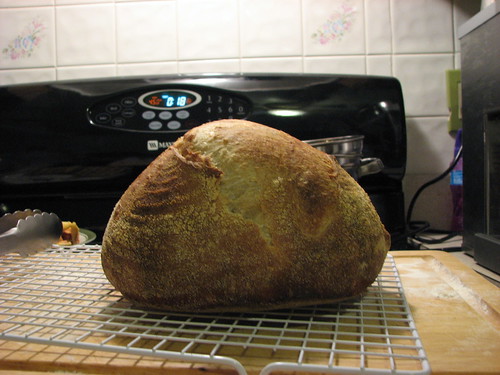Baker's Math?
Getting home an hour earlier than expected + The best blueberries I've had in years in the fridge =
The recipe is from "The Best Recipe" by the "Cooks Illustrated" folks. These are "Lemon-Blueberry Muffins." I made 3/4 of a recipe. (That's the real "math.")
And for the rest of the "crumb shot" obsessed:
- Log in or register to post comments
- 21 comments
- View post
- dmsnyder's Blog

